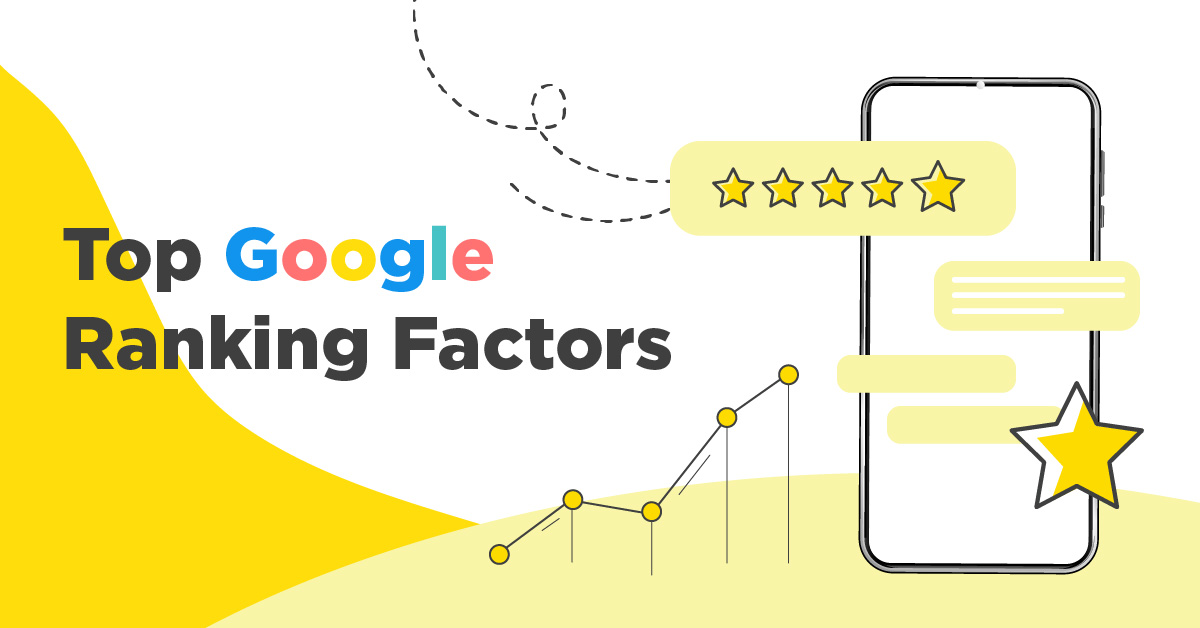The top 10 ranking factors for SEO are always changing. However, there are a few factors that remain constant. These include keyword research, backlinks, and content. By focusing on these key areas, you can improve your website’s ranking in search engine results pages (SERPs).
1. Keywords
Keywords are the words or phrases that someone enters into a search engine when they are looking for something. For example, if someone is looking for a new car, they might enter “buy a car” into a search engine. The results that come up will be based on websites that have used those same keywords.
Keywords are important because they help to determine which websites will come up in a search. If a website wants to rank highly for certain keywords, then they need to use those keywords on their website. For example, if a website sells cars, they would want to use the keyword “car” throughout their website so that they will come up when someone searches for that keyword.
2. Links
Links are one of the most important ranking factors in SEO. Google uses links to determine the importance and quality of a website. The more high-quality links a website has, the higher it will rank in search results.
There are two types of links: internal and external. Internal links are links between pages on the same website. External links are links from other websites to your website.
Google gives more weight to external links than internal links. However, both types of links are important for SEO. Creating high-quality content and building relationships with other websites will help you get more external links. Optimising your website’s architecture and making sure your internal linking is effective will help you get more internal links. Building link popularity is an important part of any SEO strategy.
3. Content
If you want your website to rank high on search engines, you need to make sure you have high-quality content. This means your website’s pages need to be well written and informative. You should also have a good mix of keyword-rich and long-tail keywords, as well as a variety of other content such as videos, infographics, and images. All of this will help your website rank higher in search results.
4. RankBrain
A new Google algorithm called RankBrain is getting a lot of attention lately. But what exactly is it? And how can you optimise for it?
RankBrain is an artificial intelligence system that helps Google interpret search queries and sort through results. In other words, it’s what helps Google understand what you’re looking for when you type in a query.
Google says that RankBrain is currently the third most important ranking factor, after content and links.
5. Mobile friendliness
Mobile friendliness is a key ranking factor for SEO. Google uses a mobile-first index, meaning that they index and rank pages based on their mobile versions first. This is because the majority of internet users now access the internet from mobile devices.
To ensure that your pages are mobile-friendly, you should design them using responsive design. This means that your pages will adjust to fit any screen size, from small phone screens to large desktop monitors. Your page should also load quickly, as users are unlikely to wait more than a few seconds for a page to load on their mobile device.
Google also looks for other signs of a mobile-friendly page, such as whether the text is easy to read without zooming in and whether links are easy to click on with a finger.
6. Site speed
Site speed is a major ranking factor for SEO. A fast website not only ranks better in search results, but also provides a better user experience, which can lead to more conversions and higher traffic.
There are a few things you can do to improve your site speed. First, optimise your images by reducing their size and using the correct file type. Second, minify your HTML, CSS, and JavaScript files to reduce their size. Finally, use a content delivery network (CDN) to serve static assets from servers closer to your users.
Improving your site speed can be a difficult and time-consuming task, but it’s worth it in the long run. A faster website will lead to higher traffic and more conversions, so it’s well worth the effort.
7. Schema markup
Schema markup is a code that can be added to your website to help search engines understand your content. It can be used to mark up all kinds of information, from events to reviews to people.
Adding schema markup to your website can help you rank higher in search results, because it gives search engines more information about your site. In addition, schema markup can make your listings more rich and informative, which can result in more clicks.
If you’re looking to add schema markup to your site, there are a few things you need to keep in mind. First, you need to decide what information you want to markup. Second, you need to choose the right schema type for that information. And finally, you need to add the code to your website.
8. User experience
User experience is a key ranking factor for SEO. Google wants to ensure that its users have a positive experience when using its search engine, and one way it does this is by ranking sites that provide a good user experience higher in its search results.
What makes for a good user experience? A site that is easy to navigate, with clear and concise information, and that loads quickly. A site that is difficult to use or navigate, on the other hand, will rank lower in Google’s search results.
Creating a good user experience should be a key part of any site’s design, and it’s something that you should keep in mind when optimising your site for SEO.
9. Title tags
Title tags are one of the most important ranking factors for SEO. They are the first thing that people see when they search for something on Google, and they play a big role in helping people decide whether or not to click on your website.
Your title tag should be clear and concise, and it should accurately reflect what your website is about. Including keywords in your title tag can also help you rank higher in Google search results.
Keep in mind that your title tag is just one part of your website’s overall SEO strategy. In addition to optimising your title tag, you should also focus on creating quality content, building backlinks, and making sure your website is mobile-friendly.
10. Meta descriptions
A meta description is a short description of a page’s content. It is used by search engines to help users find relevant pages. Meta descriptions are also used in social media to give users an overview of a page’s content.
Meta descriptions are an important ranking factor for SEO. They help search engines understand what a page is about and whether it is relevant to a user’s search query. A good meta description can improve click-through rates and help users find the right page on your website.
To create a good meta description, start by writing a short, accurate, and descriptive summary of your page’s content. Keep your meta descriptions under 155 characters so they don’t get cut off in Google’s search results. Use keywords wisely in your meta descriptions to help users find your content, but don’t stuff them in!
Conclusion
In conclusion, the top 10 ranking factors for SEO are: backlinks, content, RankBrain, mobile-friendliness, loading speed, HTTPS, dwell time, meta tags, and social signals. These are all important factors to keep in mind when optimising your website for search engine ranking.






Be First to Comment